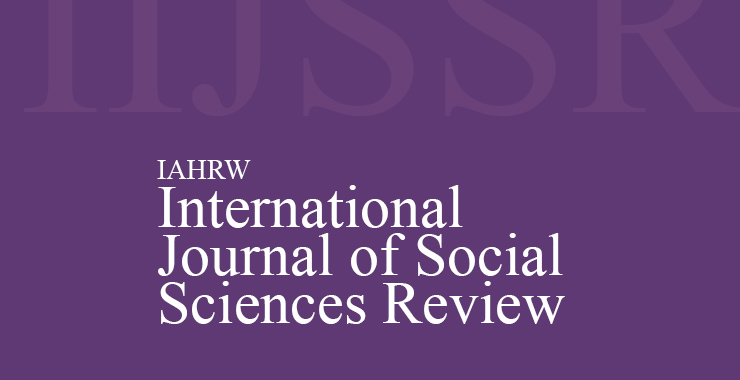Family Environment and Coping in Adolescents
Original price was: ₹ 201.00.₹ 200.00Current price is: ₹ 200.00.
Page: 321-328
Upasana Hazarika and Meenakshi Chauhan (Department of Psychology, Chandigarh University, Punjab)
Description
Page: 321-328
Upasana Hazarika and Meenakshi Chauhan (Department of Psychology, Chandigarh University, Punjab)
The study investigates the relationship between different dimensions of family environment that shape coping in adolescents among school-going students in Assam, India. The research study with 303 participants in the age group of 15-18 seeks to evaluate the family dimensions, including cohesion, expressiveness, conflict, acceptance and caring, independence, active recreational orientation, organization, and control, to determine their impact on adolescent coping while identifying the most significant predictors of effective coping. This study employed a correlational research design, including descriptive statistics, independent sample t-tests, and Spearman’s rank-order correlations, together with stepwise multiple regression analysis. The research findings revealed that adolescents exhibited a moderately positive level of coping. Acceptance and caring demonstrated the highest predictive power of 26.3% for coping behaviors, while cohesion demonstrated 1.7% and independence 1.3% to explain a total of 29.3% in coping behavior variance. Most family dimensions correlated positively with coping, but parental control demonstrated a non-significant relationship, and constructively resolved conflict provided positive impacts on coping. However, gender analysis showed similar results in coping across both males and females, but female adolescents showed increased sensitivity toward conflict. The obtained data establishes the necessity of home environments that encourage autonomy and support emotional bonds as well as maintain communication, because these elements boost adolescent psychological resilience.

